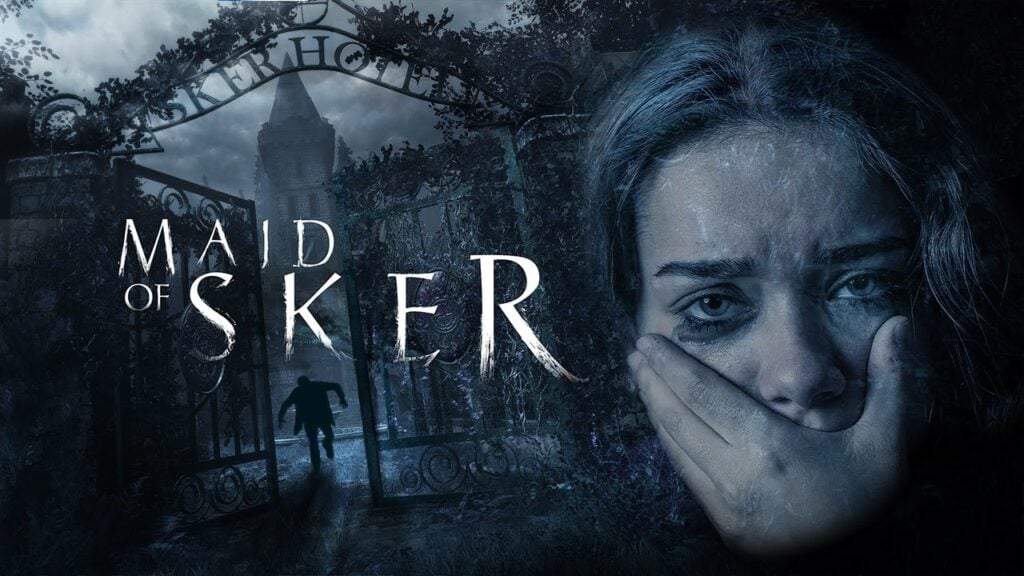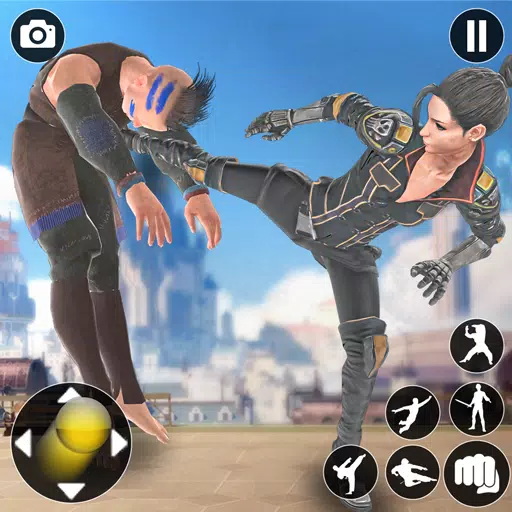Frank Miller's Return to Daredevil: Born Again
The mid-1980s marked a golden era for Marvel, both creatively and financially. Following the challenging times of the late 1970s, bolstered by the success of Star Wars, Marvel was primed to revolutionize the comic industry with the launch of 1984's Secret Wars. This event not only transformed the Marvel universe but also had a profound impact on the entire comic industry. Its ripple effects were felt for years, steering Marvel's beloved heroes and villains into new and exciting directions.
This period was also notable for other iconic stories such as Frank Miller's Born Again arc in Daredevil, the resurrection of Jean Grey in X-Factor, and Walt Simonson's Surtur Saga in Thor, among others. In this installment, Part 8 of our series on essential Marvel issues, we delve into these pivotal narratives and other significant events from this era.
More Essential Marvel
1961-1963 - The Birth of a Universe
1964-1965 - The Sentinels Are Born and Cap Dethaws
1966-1969 - How Galactus Changed Marvel Forever
1970-1973 - The Night Gwen Stacy Died
1974-1976 - The Punisher Begins His War on Crime
1977-1979 - Star Wars Saves Marvel From Bankruptcy
1980-1982 - Did the Dark Phoenix Saga Usher in the Greatest Decade for Marvel?
Frank Miller's Born Again and Walt Simonson's Surtur Saga
Among the most celebrated stories of this period is Born Again, marking Frank Miller's return to writing Daredevil, this time with David Mazzuchelli on art. Spanning Daredevil #227-233, this arc is often hailed as the definitive Daredevil story. It follows Karen Page, who, in a desperate state of addiction, sells Daredevil's secret identity for heroin, leading the information to fall into the hands of the Kingpin. He uses it to devastate Matt Murdock's life, stripping him of everything. Matt's journey back to becoming Daredevil, juxtaposed with Kingpin's descent into fanaticism, crafts a compelling narrative. This story inspired Season 3 of Netflix's Daredevil and will influence the upcoming Disney+ series Daredevil: Born Again.
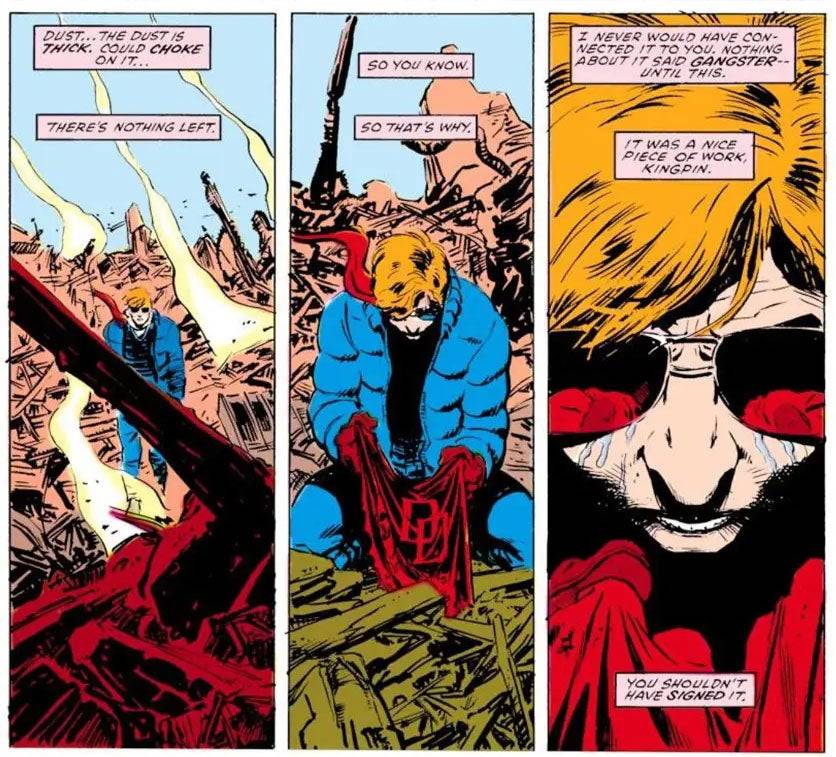
Equally impactful was Walt Simonson's work on Thor. Starting with Thor #337 in 1983, Simonson introduced Beta Ray Bill, an alien worthy of Mjolnir, and returned the series to its mythic roots. His crowning achievement, the Surtur Saga from #340-353, features the fire demon Surtur's quest to bring about Ragnarok with the Twilight Sword. Sending Malekith the Accursed to battle Thor, Surtur aims to forge the sword. The saga culminates in an epic battle with Thor, Loki, and Odin united against Surtur. Elements of this saga influenced Thor: The Dark World and Thor: Ragnarok.
Secret Wars Changes Comics Forever
In Part 4 of this series, we explored how 1973's Avengers/Defenders War foreshadowed the event crossovers that became a staple for Marvel and DC. A decade later, Secret Wars in 1984 realized this shift. A 12-part miniseries written by Jim Shooter, with art by Mike Zeck and Bob Layton, it was born from a marketing partnership with Mattel. The Beyonder teleports heroes and villains to Battleworld to battle it out, determining the strength of good versus evil. While the series is known for its large cast and universe-altering effects, it lacks deep narrative depth. However, its success paved the way for Secret Wars II and influenced the event storytelling model that dominated comics for decades.
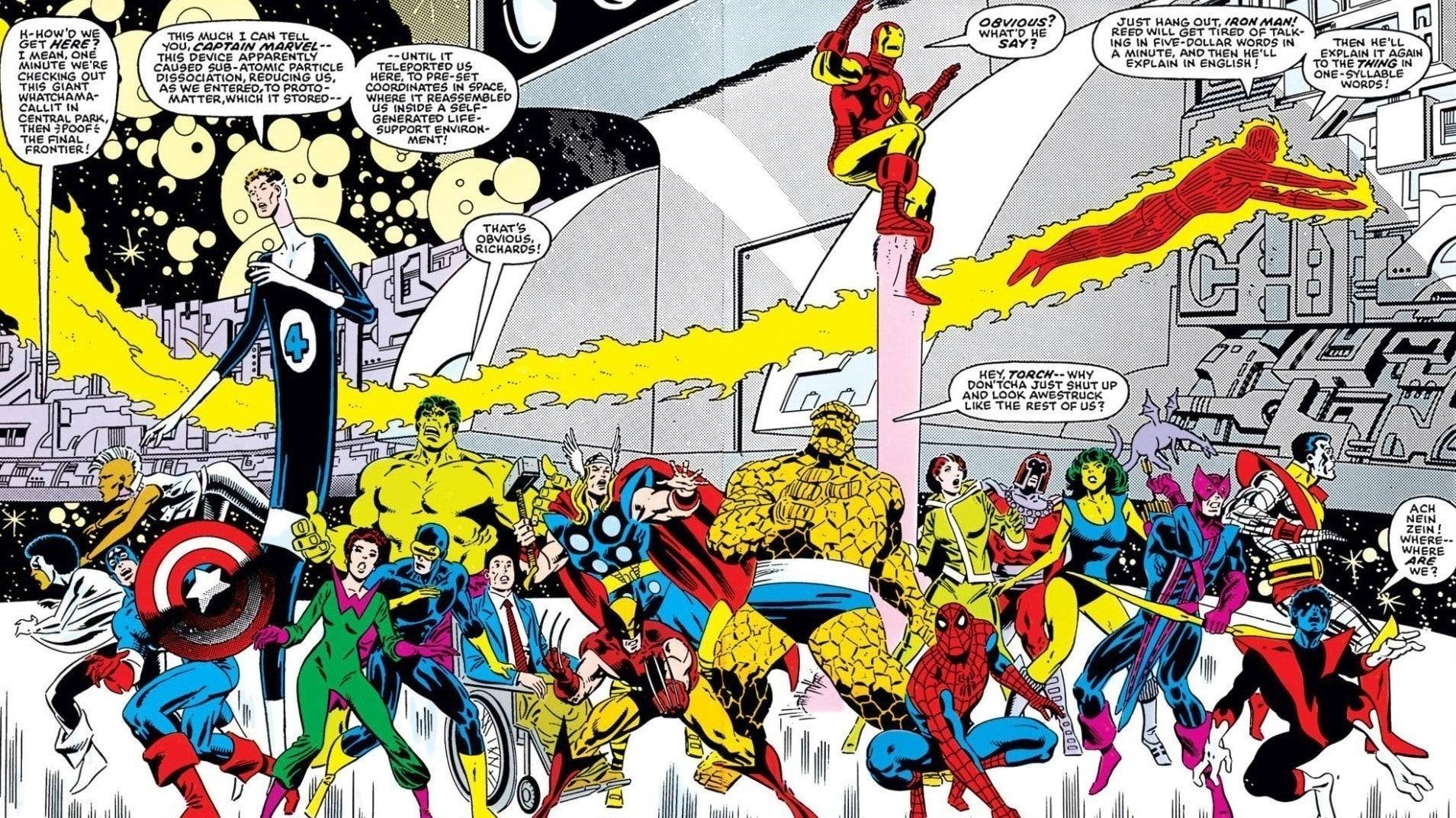
Spider-Man’s Symbiote Suit and Other Iconic Spidey Stories
Following the foundational runs of Stan Lee and Gerry Conway, Roger Stern revitalized Amazing Spider-Man starting with issue #224. His tenure, lasting over two years, introduced the Hobgoblin in #238, a formidable new villain. Stern's Hobgoblin saga was cut short when he left after #251 due to editorial disputes, leaving the villain's identity a mystery. Stern eventually resolved this in the 1997 miniseries Spider-Man: Hobgoblin Lives.
Simultaneously, Amazing #252 introduced Spider-Man's black symbiote costume, debuting the alien symbiote that would later spawn one of Spider-Man's most famous adversaries. This iconic look has been adapted in various media, including Spider-Man 3, animated series, and video games. Another significant story from this era is The Death of Jean DeWolff in Spectacular Spider-Man #107-110, a darker narrative involving Spider-Man's pursuit of the Sin-Eater and his conflict with Daredevil.
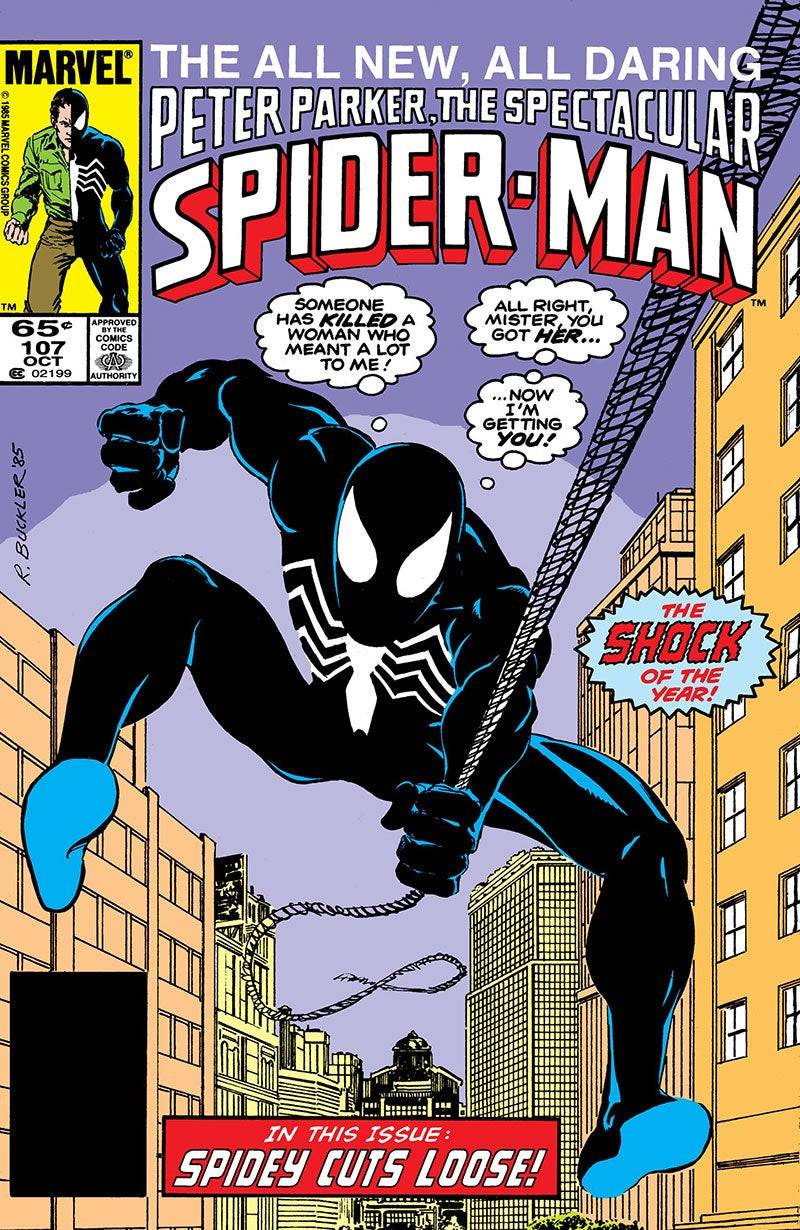
Jean Grey Returns, the Rise of Apocalypse, and Other Mutant Landmarks
The mid-1980s also saw significant developments in the mutant world. Vision and the Scarlet Witch #4 confirmed Magneto as the father of Quicksilver and Scarlet Witch, a plot point that resonated with fans for decades. X-Men #171 featured Rogue's transition from the Brotherhood of Evil Mutants to the X-Men, cementing her status as a beloved heroine. X-Men #200 saw Magneto's trial and his subsequent leadership of Xavier's School, a pivotal moment adapted in the second episode of X-Men '97.
Jean Grey's resurrection in Avengers #263 and Fantastic Four #286 marked another landmark, with the Phoenix Force's role in her return explained by future writer Kurt Busiek. Jean reunited with the original X-Men to form X-Factor, where in issues #5-6, Louise Simonson and Jackson Guice introduced Apocalypse, an ancient mutant who would become a central antagonist in X-Men lore and beyond.
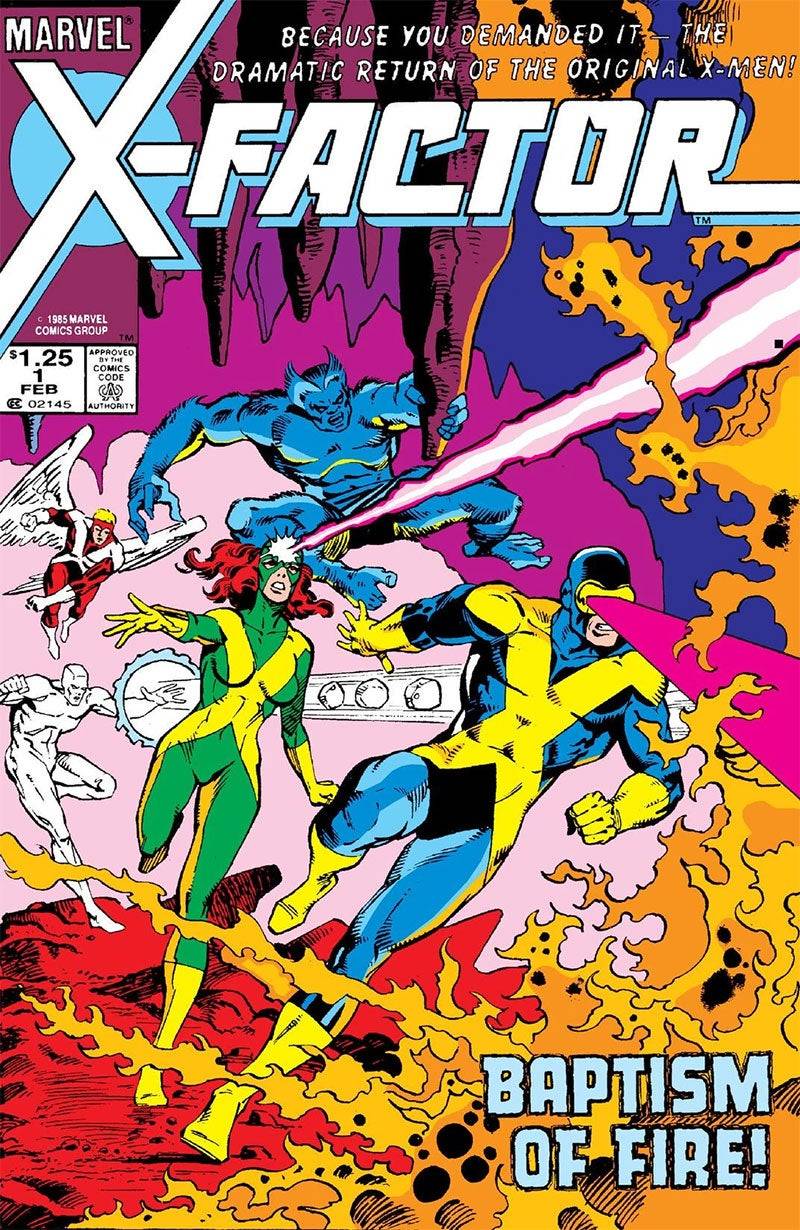
-
1
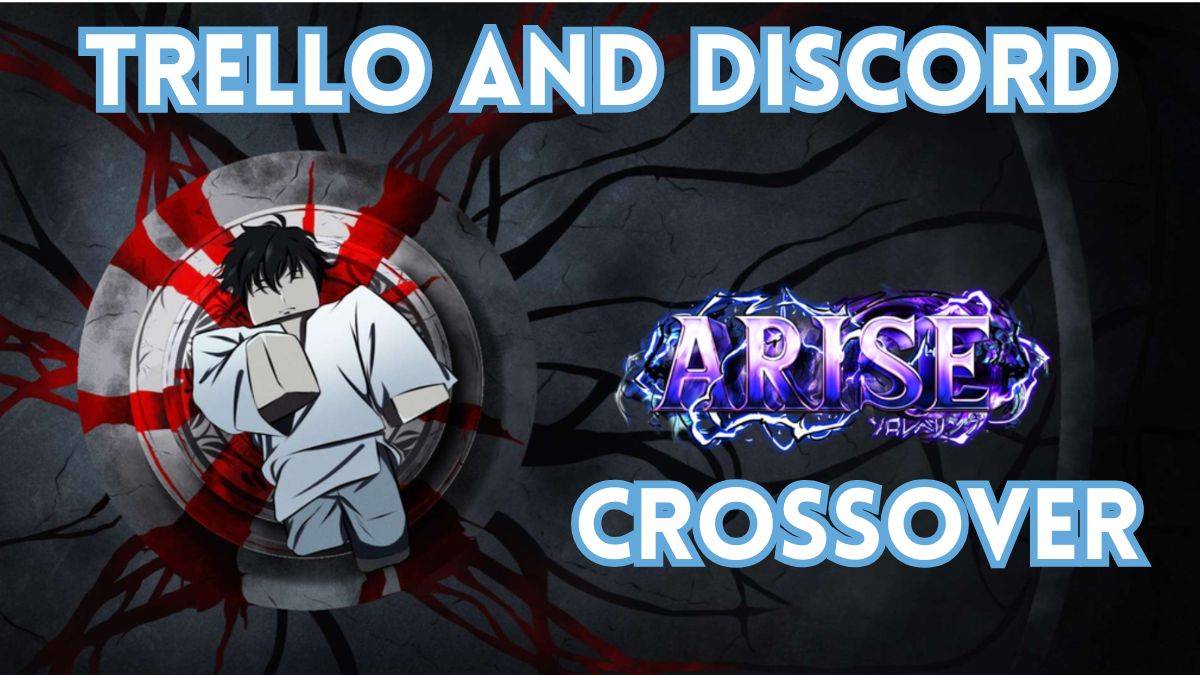
Arise Crossover Trello and Discord
Mar 16,2025
-
2

Sakamoto Puzzle Unravels in Japan
Jan 27,2025
-
3

Slither, Compete and Outlast Your Opponents in New Game Snaky Cat
Feb 26,2025
-
4
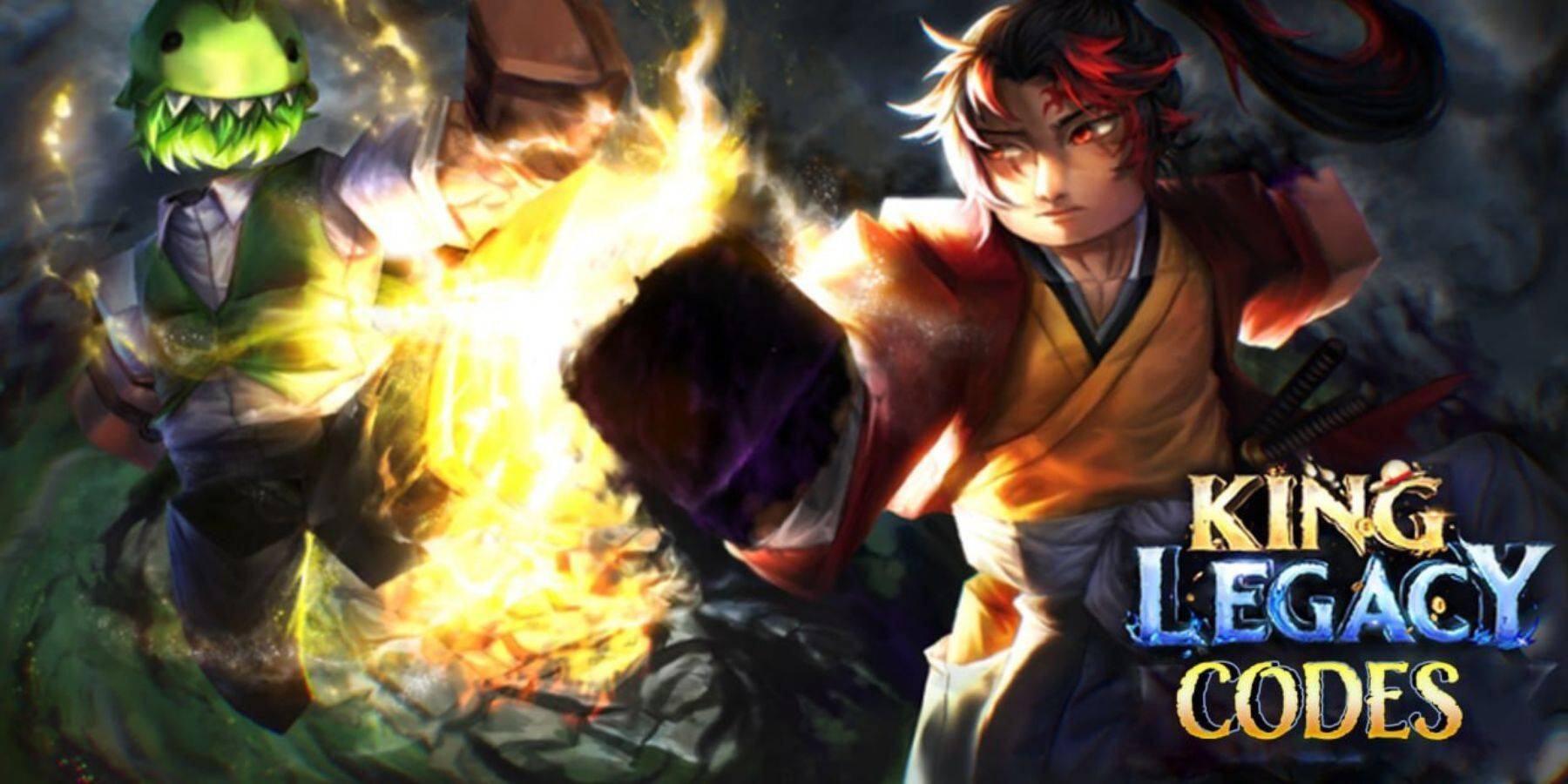
Roblox King Legacy: December 2024 Codes (Updated)
Dec 24,2024
-
5

Roblox Forsaken Characters Tier List (2025)
Feb 25,2025
-
6
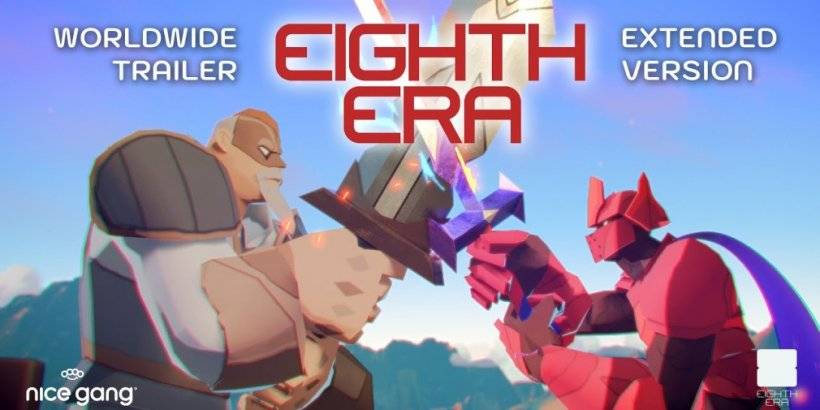
Eighth Era celebrates 100,000 downloads with a limited-time Era Vault event
Mar 17,2025
-
7

Google Play Awards 2024 winners include Squad Busters, Honkai: Star Rail, and more
Jan 09,2025
-
8

Select Quiz lets you test your knowledge across multiple topics
Mar 17,2025
-
9

Roblox: DOORS Codes (January 2025)
Jan 07,2025
-
10

Animal Crossing: Pocket Camp Complete - Where to Farm Snacks
Jan 08,2025
-
Download

Magnet Hero
Action / 45.6 MB
Update: Feb 11,2025
-
Download
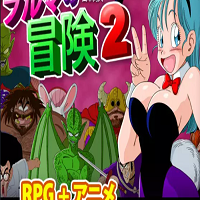
Bulma Adventure 2
Casual / 57.55M
Update: Mar 09,2024
-
Download

!Ω Factorial Omega: My Dystopian Robot Girlfriend
Casual / 245.80M
Update: Sep 10,2024
-
4
FrontLine II
-
5
ALLBLACK Ch.1
-
6
IDV - IMAIOS DICOM Viewer
-
7
Escape game Seaside La Jolla
-
8
Color of My Sound
-
9
beat banger
-
10
Mr.Billion: Idle Rich Tycoon

